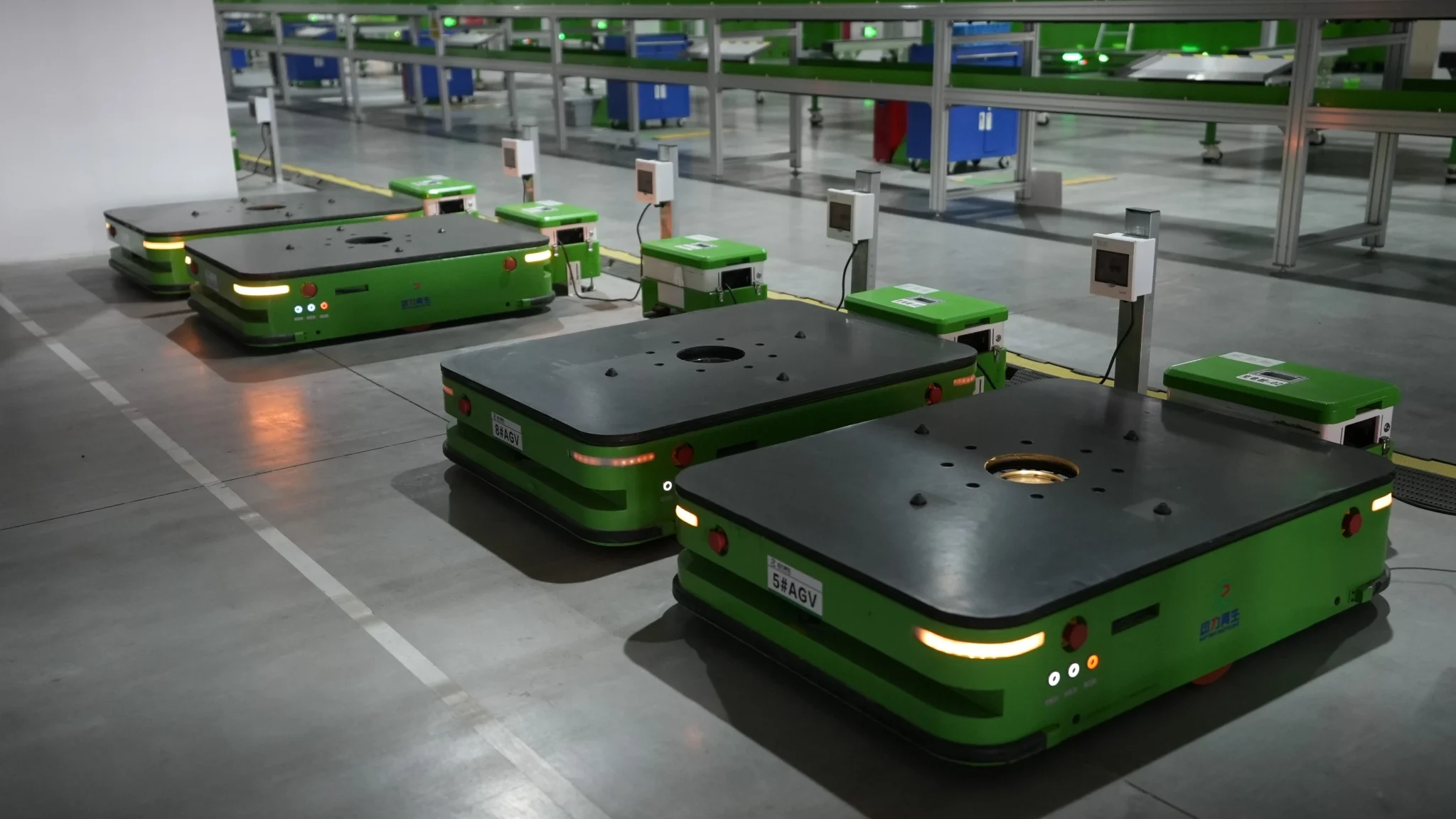March marks a major milestone for SEER Robotics, as the smart logistics company gears up to showcase its latest intelligent robotics solutions at two of the world’s most influential logistics exhibitions—LogiMAT Stuttgart and ProMat Chicago.
As a global supplier of intelligent robotics controllers, SEER Robotics will present a comprehensive line-up of hardware and software solutions built around its industry-leading SRC series controllers, highlighting its cutting-edge automation technologies and innovation-driven capabilities.
Where to Find SEER Robotics
LogiMAT 2025 | March 11-13 | Stuttgart, Germany | Hall 8, Booth 8D77
Showcasing: SRC controllers, intelligent stacker forklifts (SFL-CDD14-CE & SFL-CDD15-CE), pallet trucks (SFL-CBD15-CE), single-arm forklifts (SOF-300EU), RDS resource scheduling system, and visualization products.
ProMat 2025 | March 17-20 | Chicago, USA | Lakeside Hall, Booth E12013
Showcasing: SRC controllers, rotary lifting AMRs (SJV-SW600), single-arm forklifts (SOF-300EU), reach trucks (SSR-1400), RDS resource scheduling system, M4 QuickGo application, and visualization products.
Localized Innovation for a Global Market
With a commitment to localization and adaptability, SEER Robotics tailors its solutions to meet the unique needs of different markets, driving the intelligent transformation of global logistics. Visitors to LogiMAT and ProMat will witness region-specific solutions that have already been deployed by world-renowned enterprises, including Schneider Electric, Philips, Hisense, Haier, Gree, Bosch, Volkswagen, ABB, Walmart, and many more.

Philips Case Study
One standout example of SEER Robotics’ impact is its intelligent warehouse automation solution for Philips, designed in collaboration with local partners to optimize warehouse management and logistics efficiency. Watch the video here.
CE-Certified for the EU Market
• The SFL-CDD14-CE intelligent stacker forklift is equipped with SRC-3000FS safety controllers, meeting CE, UL, and ISO 3691-4 certifications—ensuring compliance with European safety standards for industrial applications.
Enhanced Safety & Human-Robot Interaction
• Given the frequent interaction between forklifts and personnel, SEER Robotics implemented a multi-layered safety strategy, integrating 3D obstacle detection, distance sensors, and 360° protection.
• Smart navigation optimizes forklift routes, pallet positioning, and operational timing, minimizing risk while maximizing efficiency.
• Dedicated safety zones enable instant response mechanisms in case of emergencies.
Compact Design for Narrow Aisles
• With a body width under 1m and a turning radius of just 1.2m, the SFL-CDD14-CE forklift is engineered for high-density storage environments, seamlessly maneuvering through tight warehouse spaces.
User-Centric Customization
• To improve operational efficiency, SEER Robotics customized a PDA-based interface for Philips, aligning with local user habits and simplifying order management.
• Comprehensive technical support and training ensure seamless adoption and ease of use.
Smart Power Management with Rotational Charging
• Limited charging space posed a challenge for Philips’ warehouse operations. SEER Robotics implemented a rotational charging system, ensuring an optimal charging sequence for all forklifts, balancing energy consumption, and extending battery life—ultimately enhancing efficiency and reducing energy waste.
Driving Efficiency & Safety at Scale
By integrating SEER Robotics’ SFL-CDD14-CE intelligent stacker forklifts, warehouse operations at Philips are now fully automated — from material transfers to fleet coordination. Employees can simply issue tasks via PDA, while the RDS resource scheduling system orchestrates autonomous fleet operations, charging cycles, and collaborative workflows. The result? Significantly improved warehouse efficiency, enhanced safety standards, and seamless adaptability to Philips’ production needs.
On Display at LogiMAT & ProMat
With a growing portfolio of proven real-world deployments, SEER Robotics aims to reshape the landscape of autonomous logistics — delivering next-level robotic intelligence, safety, and operational efficiency. At LogiMAT and ProMat, visitors will experience firsthand how SEER Robotics is breaking barriers in automation and accelerating the global adoption of intelligent robotics solutions.
similar news
ASTI AGV Solution Ensures Smooth Traffic at Philips Valladolid




![[Podcast] Adapting to Industry 4.0: Intralogistics Automation](https://9e1ed6cd27b6b3199380.b-cdn.net/wp-content/uploads/2025/07/TGW-Pod-Square-400.png)

![[Podcast] Future Fulfilment: Smarter, Scalable Warehouses](https://9e1ed6cd27b6b3199380.b-cdn.net/wp-content/uploads/2025/07/square-logo.png)









